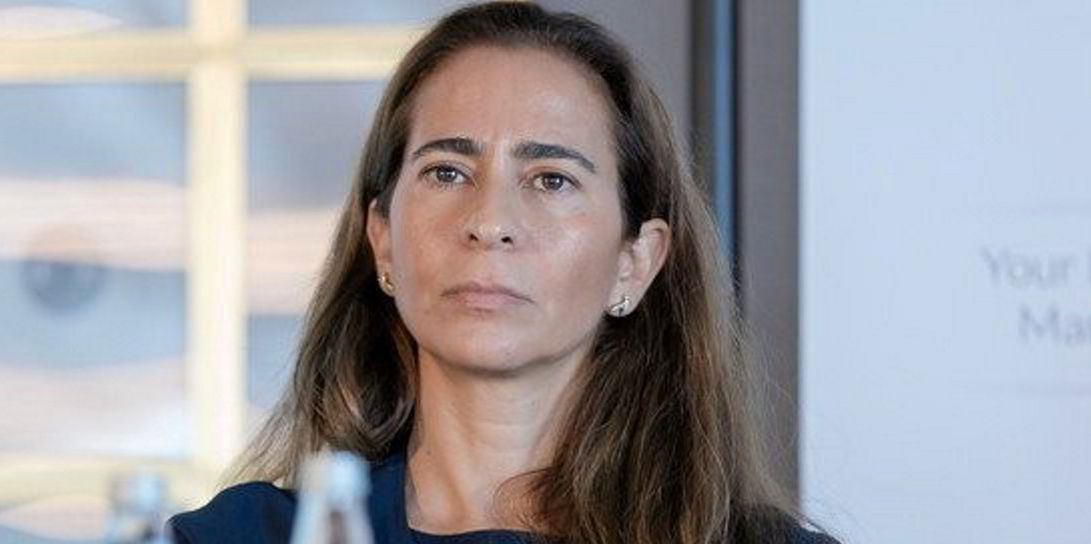Diana Shipping has just pulled off what may be the dry bulk sector’s sale-and-purchase transaction of the summer, but did it pay too much for the privilege?
Sources in the dry bulk and financial markets immediately raised eyebrows over the average $36.67m the Greek owner is paying for nine Sea Trade Holdings ultramaxes built between 2015 and 2018.
Online platform Vessels Value had the Japanese-built ships priced at $31.3m each, and TradeWinds has heard an independent valuation of between $31m and $32m from an experienced broker.
But complicating matters is that New York-listed Diana is paying one-third of the $330m price in shares.
This is normally considered a positive, but not when the buyer issues shares well below its net asset value (NAV), as appears to be the case with Diana.
Nolan weighs in
Indeed, veteran Stifel equity analyst Ben Nolan weighed in with exactly that point in a client note, saying he has Diana valued at a $9.15 NAV.
The Semiramis Paliou-led owner is issuing 18.49m shares in connection with the deal at a price of $5.95, which is roughly equal to its current trading level.
“We believe DSX [Diana Shipping] paid a premium to market prices and there is a negative impact with respect to the share count,” Nolan wrote, indicating he has downgraded Diana’s NAV to $7.68 for that reason.
“Still, with shares trading well below even the revised NAV, they are not expensive, and we do expect dry bulk rates to improve into the winter.”
A second analyst, Jefferies’ Omar Nokta, had Diana’s NAV at $8.40 per share when he initiated coverage in July.
TradeWinds requested comment from a Diana representative, but there was no response ahead of the deadline.
Nolan did raise a possible mitigating point in his note, saying “perhaps there are some above-market charters attached to the purchases”. There was no indication of employment in Diana’s first announcement of the deal.
Diana’s use of stock in the purchase well below estimates of NAV places it in stark contrast to previous fleet deals carried out by the market’s leading consolidator, fellow Greek owner Star Bulk Carriers.
Star carried out a series of stock-based deals in recent years but always at NAV or above, helping build its fleet to a market-leading 128 vessels.
Looked at another way, based on Nolan’s estimate of NAV, the shares Diana is issuing to pay $110m of the purchase price are actually worth nearly $170m. This discount pushes the effective average price for each vessel above $42m.

As Nolan pointed out, fleet deals can be hard to find and premiums historically have been paid. Also, the Sea Trade vessels all were built in high-quality Japanese shipyards. Neither factor would appear to account for the size of the premium, however.
Whatever questions may be directed at Diana, Sea Trade clearly has done well in selling the fleet after investors once told TradeWinds they had a US initial public offering (IPO) in mind for the vessels. No IPO ever materialised.
Robert Shaw and Anthony Whitworth
Instead, Sea Trade operating partners Robert Shaw and Anthony Whitworth — both veterans of the old Navios Maritime — handed a sales mandate not to an S&P brokerage, but to New York-based investment bank Evercore Partners.
Sea Trade most likely was influenced by the notion that a public company would be the probable buyer, given the size of the deal. TradeWinds understands that most of the “usual suspects” in the public sphere saw the deal, but that potential private buyers also were canvassed.
The sale had been seriously marketed for a couple of months on that basis, sources indicated.
One source close to that process said some of the overpayment criticism being directed at Diana is unfair.
“I don’t think you can just look at what their NAV is and say they overpaid,” he said. “What’s not being talked about is that they repurchased a lot of shares when the stock was trading at $2 or $3.
“They were very smart and bought in more than $100m worth of shares and now they’re able to issue them attractively at a higher level.
“When you combine that with the fact that they haven’t done a big transaction in a long time, they’ve modernised the fleet and they’ve got into a new sector in ultramaxes.
“I think they’ve raised their profile and done well.”




